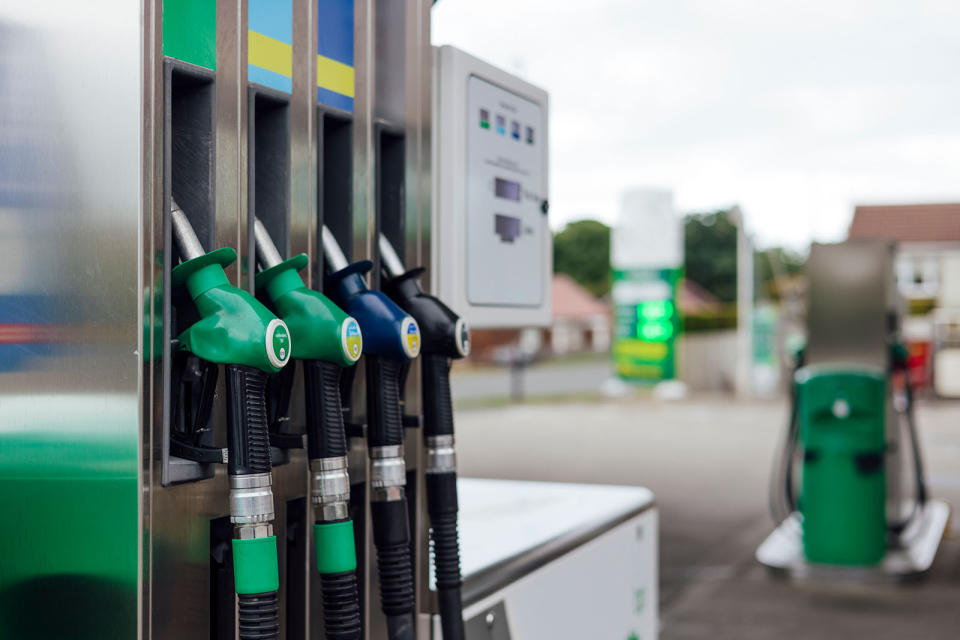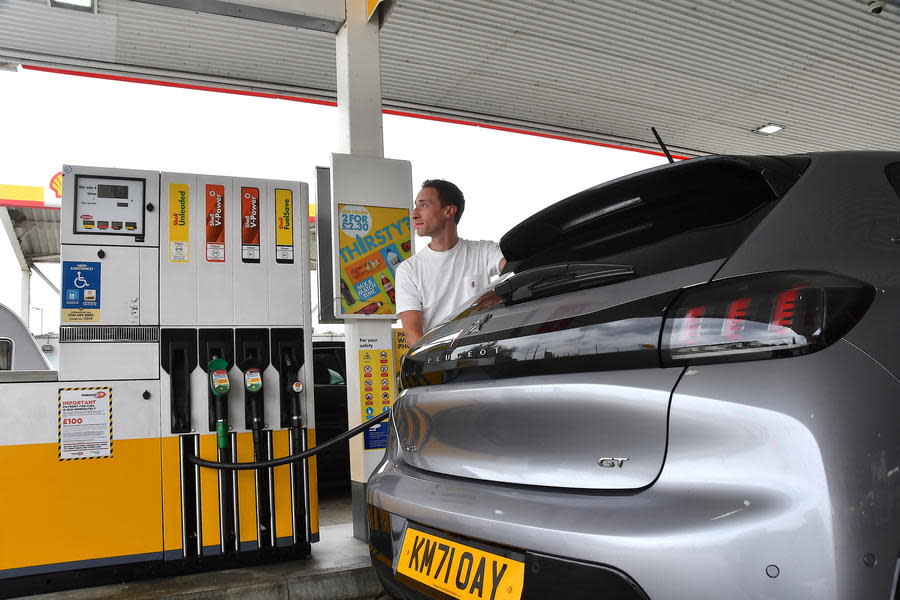UK fuel prices not being cut because of general election "distraction"

The distraction of the general election is allowing retailers to charge “far higher” for fuel than they should be, the RAC has warned.
This is because a lack of political pressure, which has previously forced down pump prices, is allowing garages to keep margins high.
Currently, a litre of petrol averages 146.28p on UK forecourts, with diesel sitting at 151.5p.
This means margins, which long-term have averaged 8p each, are now as much as 14p for petrol and 16p for diesel.
Therefore the cost of brimming a typical 55-litre family car, such as a VW Golf, costs on average £3 more for petrol (£80.50) and £5.50 more for diesel (£83.30).
The RAC says lower prices in Northern Ireland, at 141.1p for petrol and 141.9p for diesel, show how cheap fuel should be across the rest of the UK.
“While there has been much focus on fuel since the Competition and Markets Authority concluded the biggest retailers had overcharged drivers by £900m in 2022, margins are once again staying persistently high,” said RAC head of policy Simon Williams.
“Pump prices haven’t fallen in line with the reduction in wholesale prices, so drivers across the UK – with the exception of those in Northern Ireland where fairer prices are charged – are once again losing several pounds every time they fill up.”
He added: "Having monitored prices for so long we believe there’s no good reason for retailers not cutting their prices at the pumps far further. We can only think they’re hoping no one will notice due to the distraction of the general election."
In response, the Petrol Retailers Association (PRA) said the RAC’s data overlooks “several critical factors”.
“We must consider the significant increases in operating costs, reduced fuel volumes post-pandemic, and the substantial investments required to transition to a low-carbon transportation system,” argued executive director Gordon Balmer.
“These factors mean that fuel retailers need to earn more from fuel sales to stay in business and invest in the future.”
What determines the price of fuel?
The price of petrol and diesel you buy at the pump is largely determined by the wholesale price of Brent crude oil.
Fluctuations in the price of this, however, can take weeks to filter through to the forecourts.
The price of crude oil has gone up nearly $12 per barrel since the start of July to around $96 in October and now fallen to around $78.
The long-term cost of petrol
In July 2023, a major report from the Competition and Markets Authority (CMA) found that drivers paid on average 6ppl more for fuel in 2022 as supermarkets took advantage of weakened competition and inflated pump prices.
CMA chief Sarah Cardell, who said supermarkets were usually the cheapest place to buy fuel and market anchors, said the rising of prices would have had “a greater impact on vulnerable people, particularly those in areas with less choice of fuel stations.”
The report found the rise was instigated by Asda – which was also fined £60,000 for not co-operating fully with the CMA investigation – and Morrisons, the two cheapest fuel sellers, which last year each made the decision to target higher margins.
Asda’s fuel margin target in 2023 was more than three times what it had been for 2019, while Morrisons doubled its margin target in the same period.
Other retailers, including Sainsbury’s and Tesco, didn't respond “in the way you would expect in a competitive market” and “instead raised their prices in line with these changes”, the CMA found.
“Taken together, this indicates that competition has weakened and reinforces the need for action,” the report added.
Diesel prices were also slow to drop in 2023, partially down to Asda ‘feathering’ its prices (reducing them more slowly as wholesale prices fell) and other firms not responding competitively to that.

The CMA estimated that drivers have paid 13ppl more for diesel from January 2023 to the end of May 2023 than if margins had been at their historic average.
“Competition at the pump is not working as well as it should be, and something needs to change swiftly to address this,” said Cardell.
As such, the CMA recommended a "fuel finder scheme" to give drivers access to live, station-by-station fuel prices on their phones or sat-navs. This would “help revitalise competition in the retail road fuel market.”
Cardell added: “We need to reignite competition among fuel retailers. This [scheme] would end the need to drive round and look at the prices displayed on the forecourt and would ideally enable live price data on sat-navs and map apps.”
The CMA also recommended bringing in a new monitoring body to “hold [the] industry to account.”
On this, RAC spokesman Williams said: “The fact that drivers appear to have lost out to the tune of nearly £1 billion as a result of increased retailer margins on fuel is nothing short of astounding in a cost of living crisis and confirms what we’ve been saying for many years: that supermarkets haven’t been treating drivers fairly at the pumps.
“It’s all about action now, and we very much hope the government follows through with both of the CMA’s recommendations.
“While forcing retailers to publish pump prices is a positive step for drivers, what’s of far more significance is the creation of a fuel-monitor function within government which, we very much hope, actively monitors wholesale prices to ensure forecourts don’t overcharge when the cost they pay to buy fuel drops.
“Without this, we fear drivers will continue to get a raw deal."
]]>

 Yahoo Autos
Yahoo Autos 